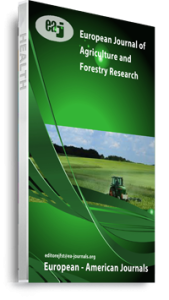Arbuscular mycorrhizal fungi (AMFs) interact with and benefit commercial cultures, such as Eucalyptus globulus. This crop occupies large areas in several countries, and can occupy up to one third of the reforested area in Portugal. The aim of this study was to evaluate and identity AMF groups in E. globulus plantations. Samples of soil and root systems were collected in the winter and the summer from fertilized or unfertilized plantations situated in three different regions of Portugal: Penafiel, Gavião and Odemira. The samples were subjected to DNA extraction, nested PCR-DGGE, sequencing and analysis. The data from DGGE and the soil pH, moisture, organic matter, acid and alkaline phosphatase and P content were used for principal component analysis. The AMF profile was influenced by season, winter and summer, N fertilization and region. Glomus sp. and Gigaspora sp. were the most frequently detected AMFs. We observed a greater number of AMF species in Penafiel than in the other two regions. Furthermore, Scutellospora heterogama was only found in Penafiel. Improved knowledge of AMF communities may facilitate better management of eucalypt plantations and further exploration of the potential and biodiversity of these partners.
Keywords: Eucalypt, Gigaspora and Scutellospora heterogama, Glomus, nested PCR-DGGE

